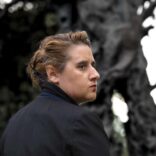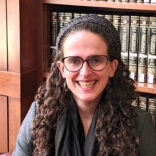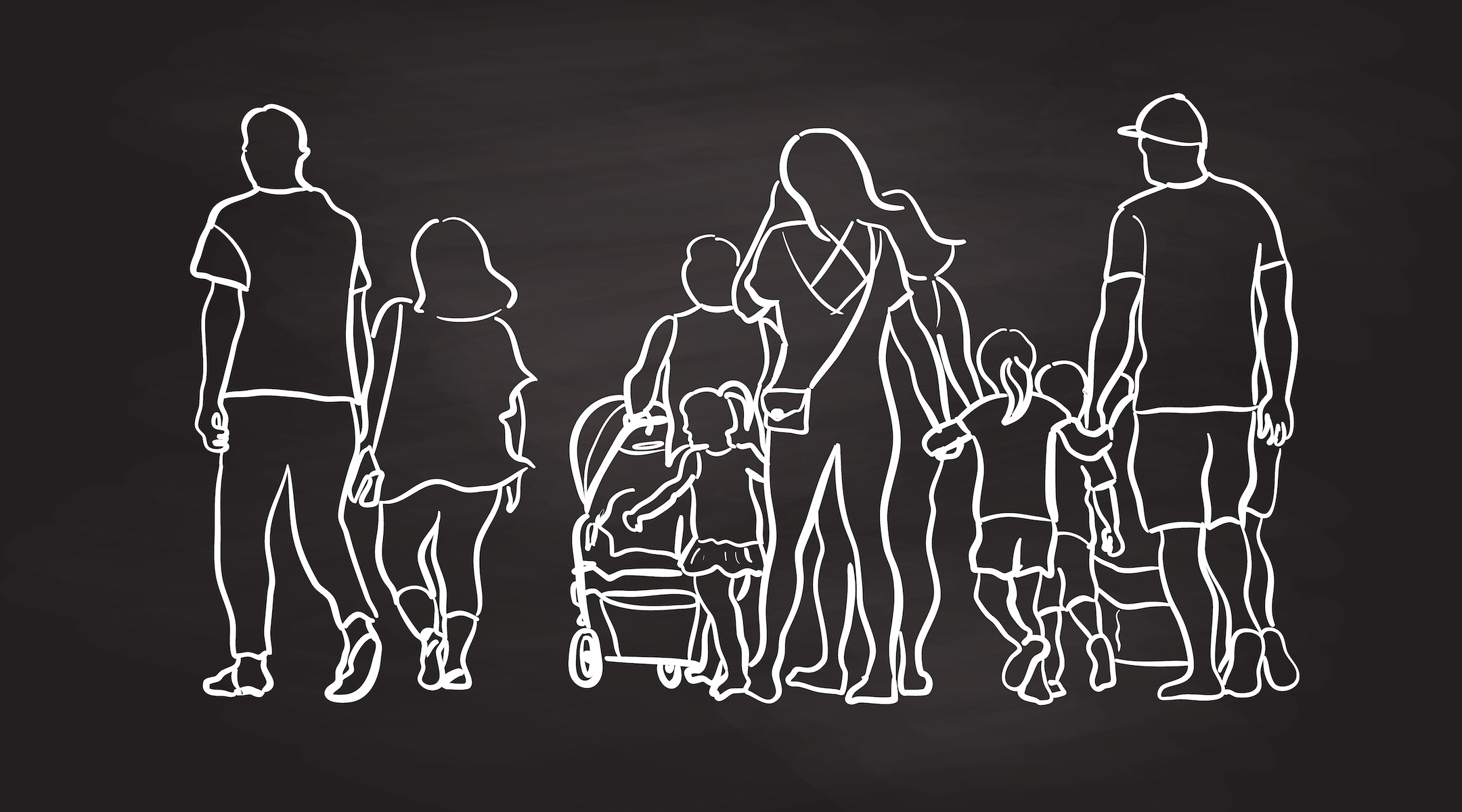Republican vice presidential candidate J.D. Vance recently drew widespread outrage when he doubled down on earlier comments bemoaning the political authority of “childless cat ladies” and argued that people, especially political leaders, who do not have children do not have an “investment in the future of our country.”
The blowback stood out to us because Vance’s sentiments didn’t sound as extreme as many people said they found them. In fact, while they may state it less crassly than Vance’s cruel quip, Jewish institutions, leaders and tradition itself often traffic in very similar sentiments and rhetoric. Procreation is associated with community-mindedness and commitment to the Jewish future; failing to procreate, meanwhile, is framed as the epitome of selfishness and hedonism. Jewish authorities in all the major movements (see here, here and here) have offered some variation on procreation as the “greatest mitzvah.”
As scholars of Jewish ethics who focus on sexual divergence (Rebecca Epstein-Levi) and infertility (Sarah Zager), and as Jewish women whose reproductive lives diverge from Vance’s and other pronatalists’ visions, we have encountered this narrative in professional and communal settings. Yet, in our academic work, we’ve found that the story is much more complex. Jewish texts actually highlight how communities are held together not only by parents, but by a wide range of other relationships. Obscuring these kinds of “investments” in our shared future hurts all of us.
Some key rabbinic texts treat having children as a prerequisite for serving in communal leadership positions. Though their language is much less crass, on first read they might seem to be saying the same thing as Vance: The experience of having children is essential preparation for being a leader. The Mishnah in Ta’anit requires that someone who leads prayers on a fast day have children. In the rabbinic period, these fasts were called in moments of communal need and desperation — suggesting that having children represented the “investment in the future” that might help prayer leaders put themselves in the right frame of mind. Another text suggests that having children is a requirement to serve on a Sanhedrin, the highest rabbinic court.
Sarah first encountered these texts about six months before being diagnosed with severely diminished ovarian reserve. After her diagnosis, Sarah felt, quite simply, betrayed by these texts and, in turn, by the intense pronatalism that suffused so much of Jewish life. As Sarah doggedly pursued fertility treatments off and on for the ensuing five years, she felt that her experience might also prepare her well to lead prayers, or to be merciful in judgment of others. She felt that if parents made good leaders, then those who struggled to become them might make good leaders, too.
Other texts suggest that bearing children was a prerequisite for wise leadership. The medieval commentator Rashi writes that an “elder” is prohibited from being a judge on a Sanhedrin because “one who has already forgotten the pain of raising children … will not be merciful.”
Elsewhere in the rabbinic tradition, however, the “pain of raising children” is used as part of a broader discussion of the whole range of the childbearing process, including pregnancy loss and stillbirth. This process, as well as the long road of fertility treatment that is ever more precarious in the current political climate, is also part of the “pain of raising children” — a range of experiences that is ignored by binary comparisons between those who have children and those who don’t.
And if Rashi is right that someone who has forgotten the “pain of raising children” shouldn’t be a rabbinic judge, then we might say that anyone who fails to recognize the pain of those who want to bear children but cannot has also failed to be merciful and does not deserve to hold a position of leadership.
To take this seriously, we have to look for community and leadership in places beyond parenthood. One perhaps unexpected place we can see these often un- or under-acknowledged contributions — what Rebecca, herself a happily childless cat lady, calls “person-shaped holes” in the narrative — is in a series of stories of absent fathers and husbands beginning in Ketubot 62b. Each story involves a sage who spends a long, long time away from his family in order to immerse himself in the beit midrash, or house of study — long enough that when they return, they discover that their absence has caused some sort of problem.
In the first episode in this sequence, the unnamed “son of rabbi” leaves his new bride (his second betrothal — the first woman was struck dead, apparently because she was inappropriately related to her husband) — only to discover upon his return that she has become infertile. In the second episode, Rabbi Hananya b. Hakhinai returns from his term of study to find that he can neither navigate the changed streets in his hometown nor recognize his own daughter without assistance. When his wife sees him she drops dead from the shock and is resuscitated only thanks to a well-timed prayer on his part.
And in the third episode, when Rabbi Hama bar Bisya returns and is greeted by his son, Rabbi Oshaiya, he too fails to recognize him, lamenting that if only he’d been present, his son, too, might have turned out as clever as the young man before him. It falls to his wife to set him right.
Our immediate takeaway from these texts might be that biological parenthood alone does not ensure continuity — though the text itself doesn’t seem sure whether it disapproves entirely of these absent sages. But what we are more interested in are the holes left in the narrative by the absent or cursory mentions of those who kept the community going — or whose absence caused disaster.
Hama might not have educated his son to be the sharp and learned man he so admires — but someone, or several someones, did. Someone, or several someones, maintained and updated the roads in Hananya’s hometown — and someone knew who his daughter was familiar with them, enough to clue him in. And if the someone or someones who presumably kept track of family trees had been adequately consulted prior to the unnamed rabbi’s son’s first betrothal, his first fiancee might have survived.
What we learn when we look to the person-shaped holes in these texts is that without a range of contributions from a range of people, the kind of community that children need to survive and thrive is impossible.
These texts show us, if we care to look below their surfaces, that investment in a community’s future — not to mention its present — requires a wide range of contributions, of which procreation is only one. To take our whole tradition seriously, we need to remember that a commitment to both a Jewish and an American future requires leadership from those who have been childless, as well as those from other kinds of families. And it requires all of us to appreciate that everyone, no matter their reproductive circumstances and choices, can contribute to building and sustaining a community, and a world, where all can flourish.
JTA has documented Jewish history in real-time for over a century. Keep our journalism strong by joining us in supporting independent, award-winning reporting.








